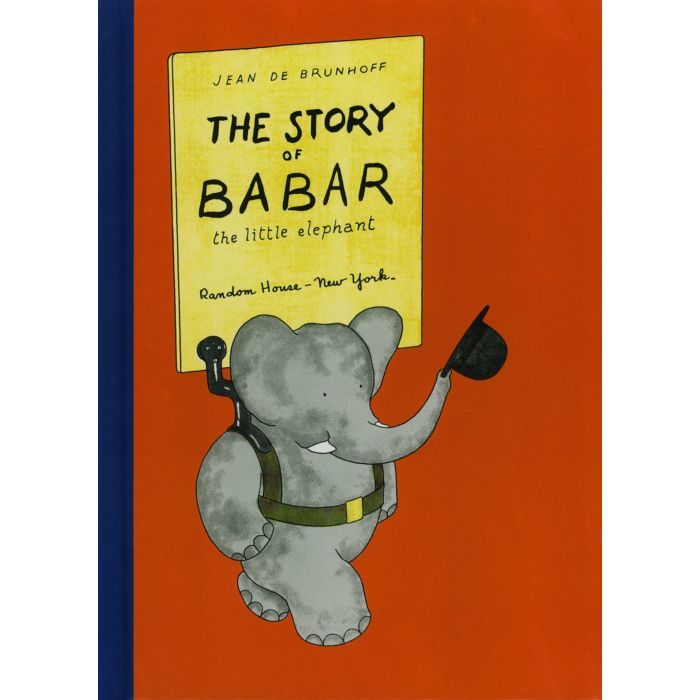

Edge-creased edges are adhered to the front panel with one small tear. This is a translation from the French by Haas.

Jean De Brunhoff illustrated “De Brunhoff, Jean.” Signs are glazed with glazed pictorial boards. There is a light yellow soft cloth cover with curled corners and a faded spine, blue lettering to cover, a torn-off front page, two previous names (not author) written inside, and some dog eared page corners. This is the first edition (part of the Babar Story-Book 1st published in 1941). Methuen’s Modern Classics, First American Edition, and Second Printing is a reprint of the first edition. This book is an ideal gift for young and old readers because of its delightfully amusing illustrations. Babar escapes capture when he flees the city after his mother is killed by a hunter, and he is befriended by the kindly Old Lady in the city. The book was an instant success, and de Brunhoff went on to write six more Babar books before his death in 1937.īabar’s Story is a classic story about literature’s most famous elephant. The result was Babar the Elephant, which was published in 1931. Cécile was an avid reader of children’s books, and it was she who first suggested that de Brunhoff create a story for children. He soon met his future wife, Cécile, and the two married in 1923. After the war, de Brunhoff returned to Paris and began working as an advertising artist. After finishing high school, he attended art school for two years before enlisting in the army during World War I.

His father was a successful cartoonist, and de Brunhoff grew up surrounded by art.

Babar’s creator, Jean de Brunhoff, was born in 1899 in Paris, France. The story of an elephant who leaves the jungle to live in the city has been translated into more than 40 languages. Babar the Elephant first appeared in a French children’s book in 1931.


 0 kommentar(er)
0 kommentar(er)
